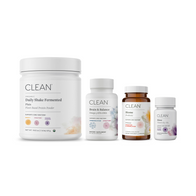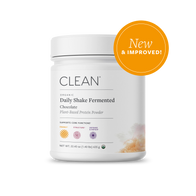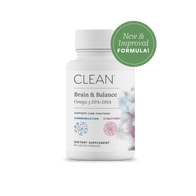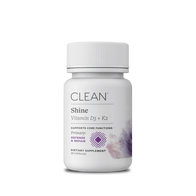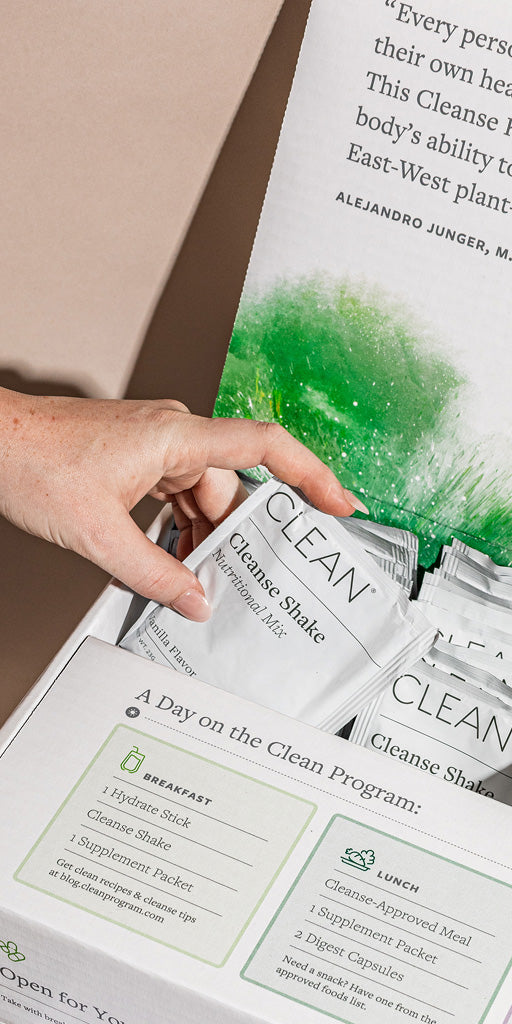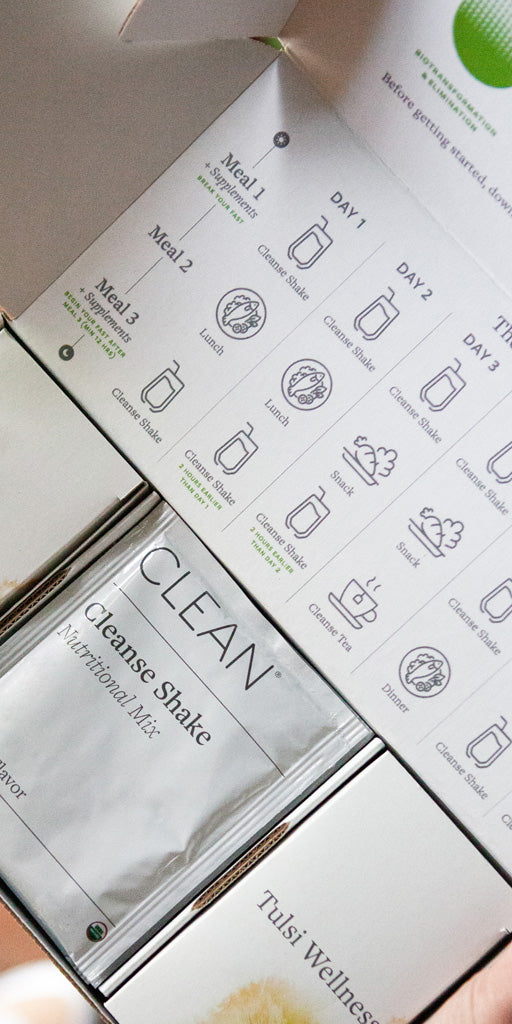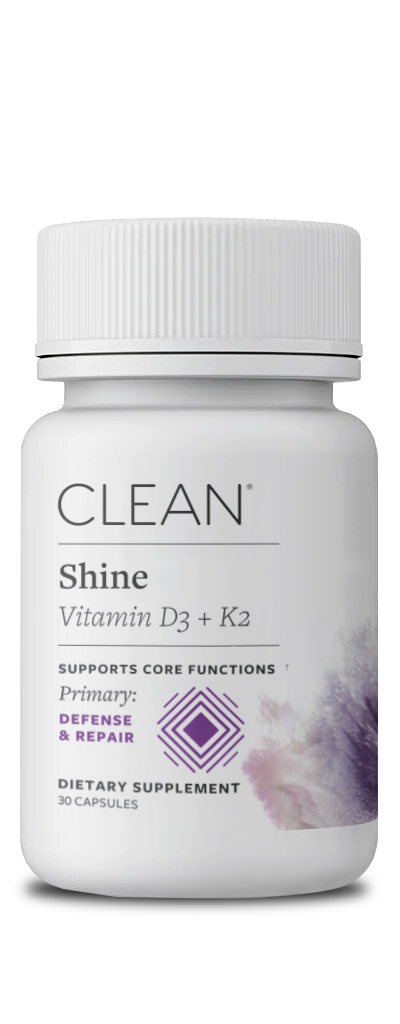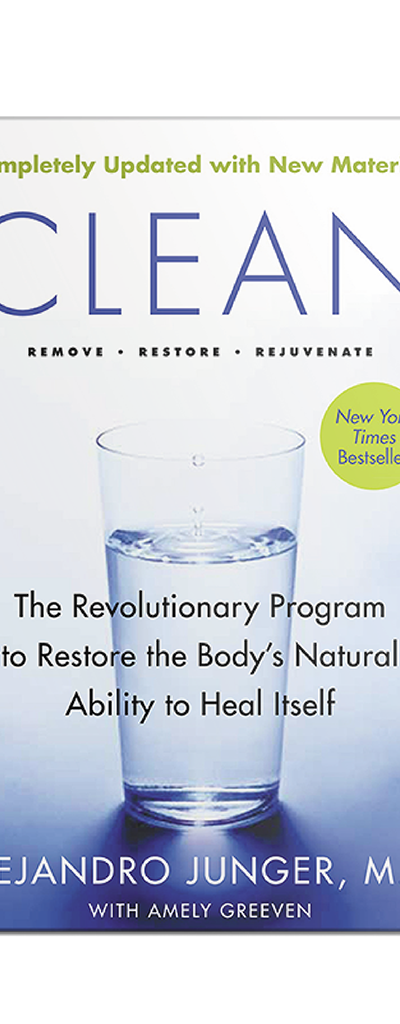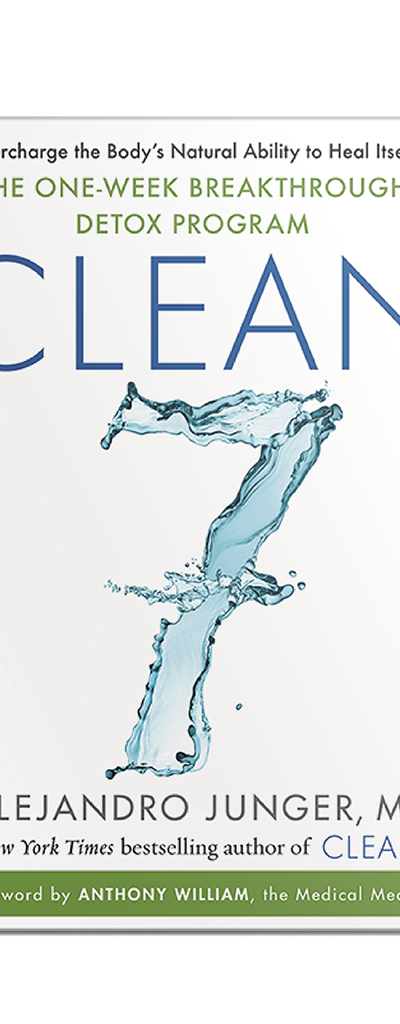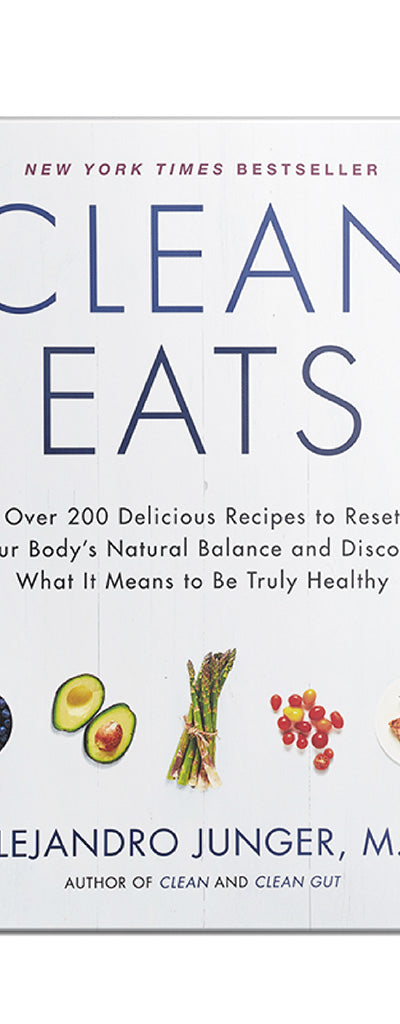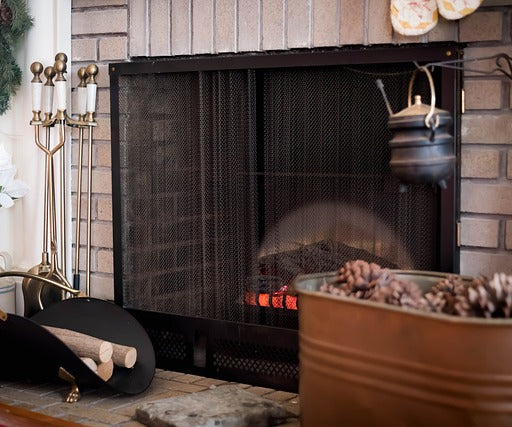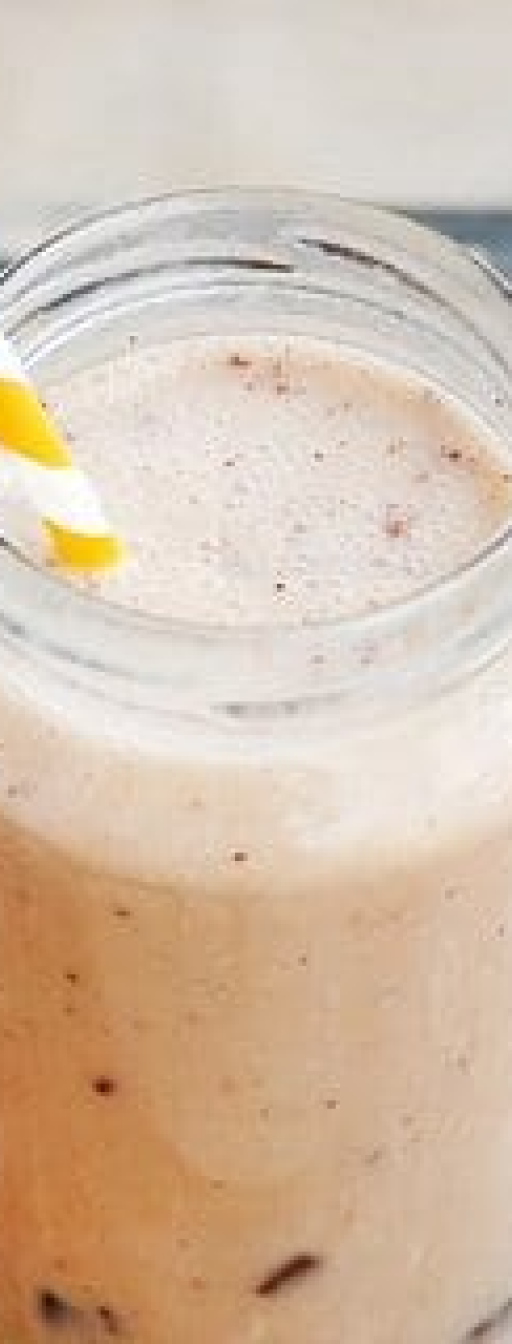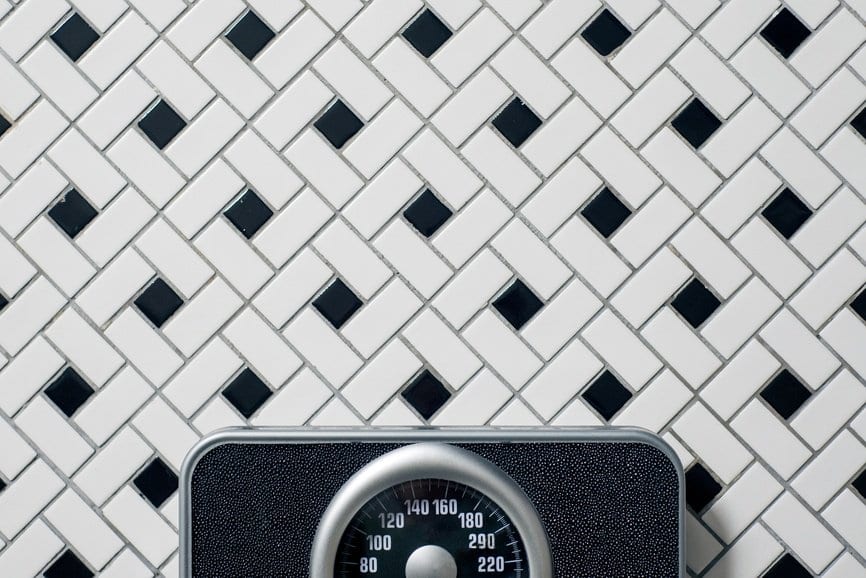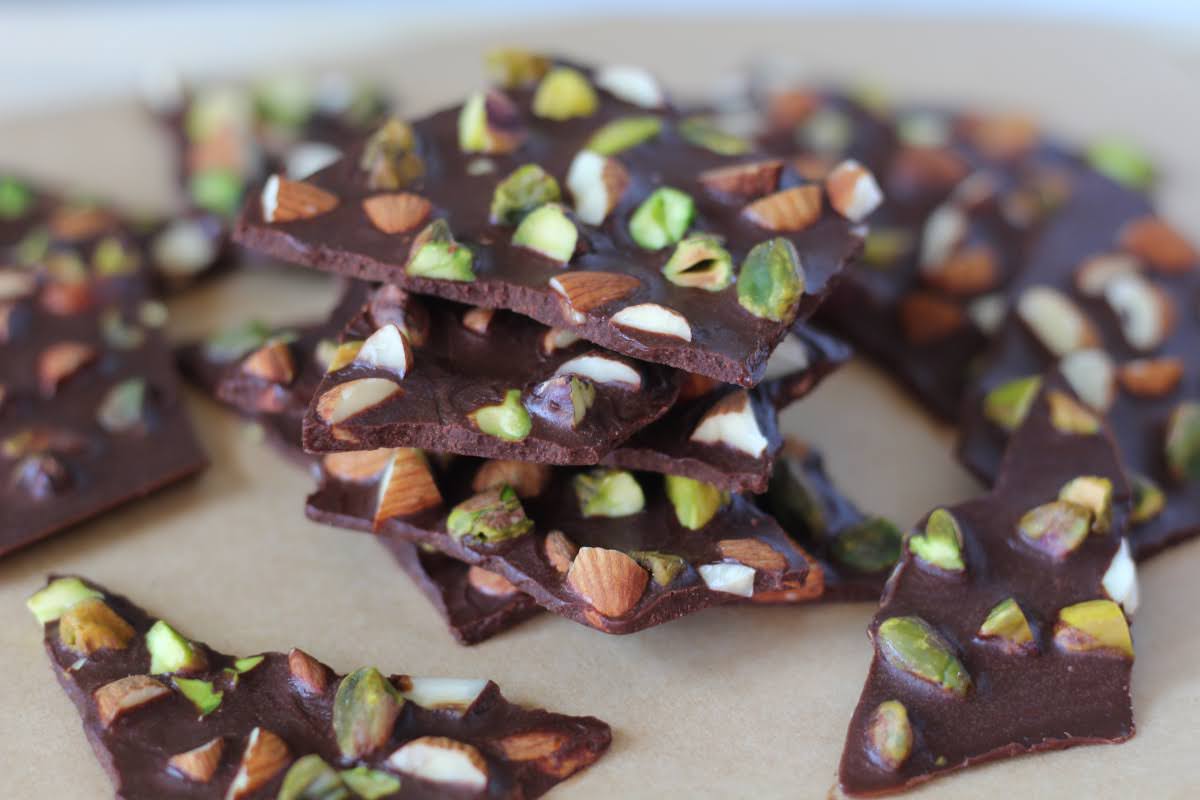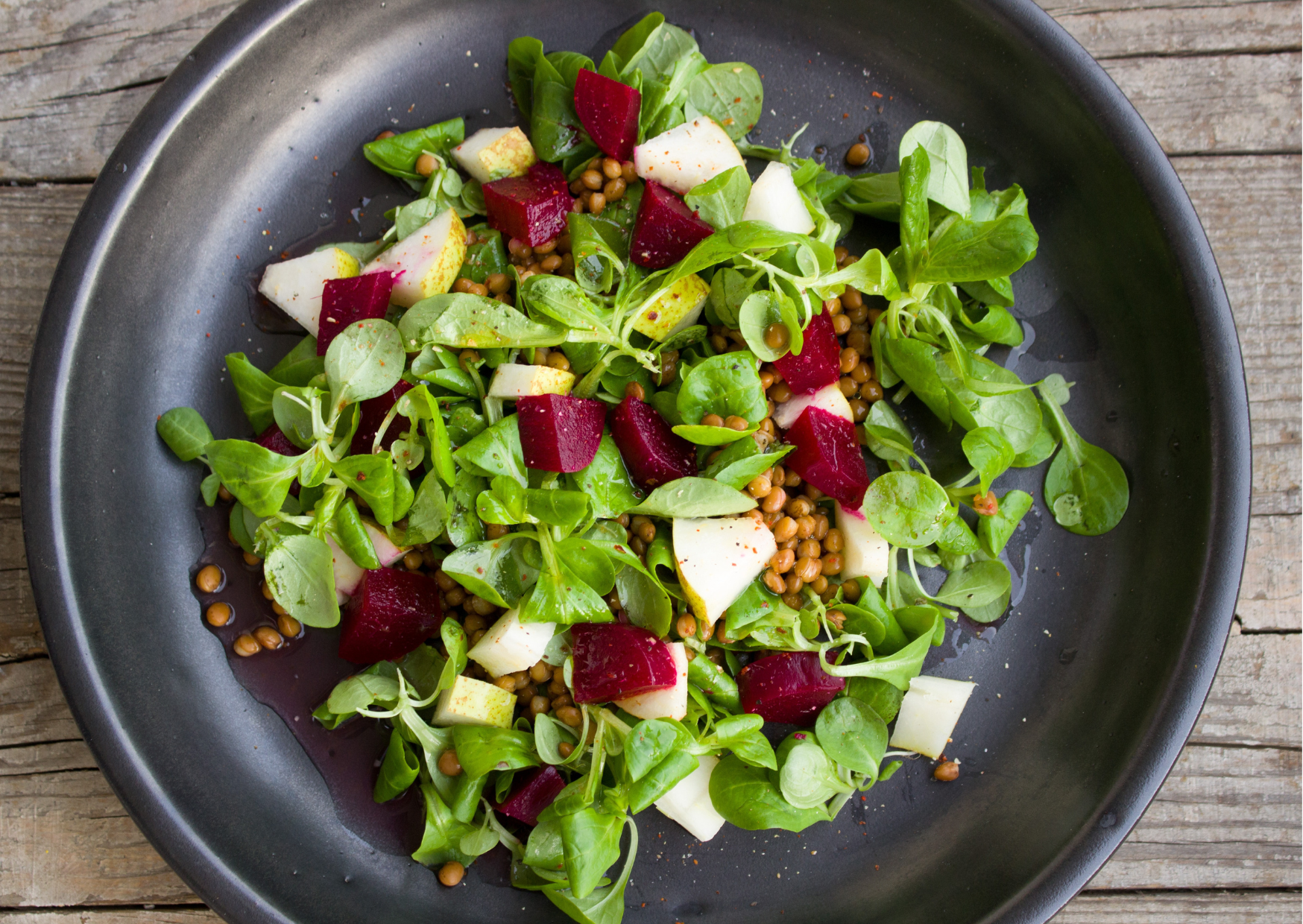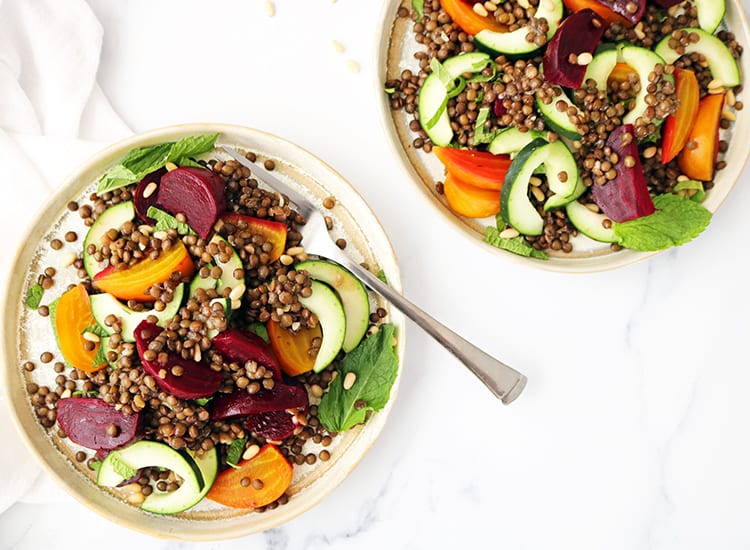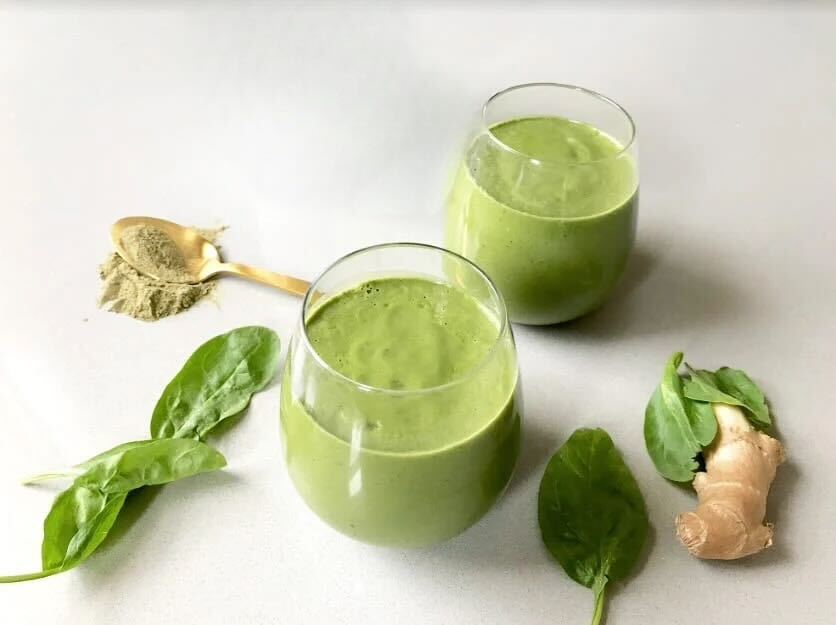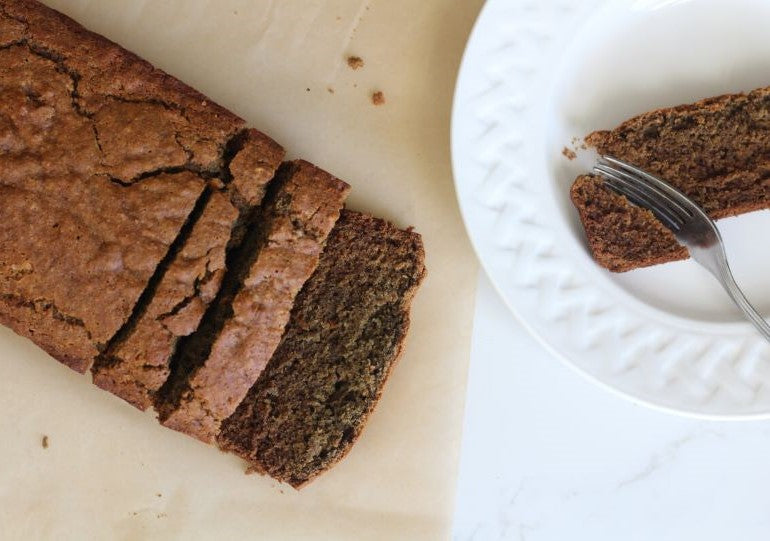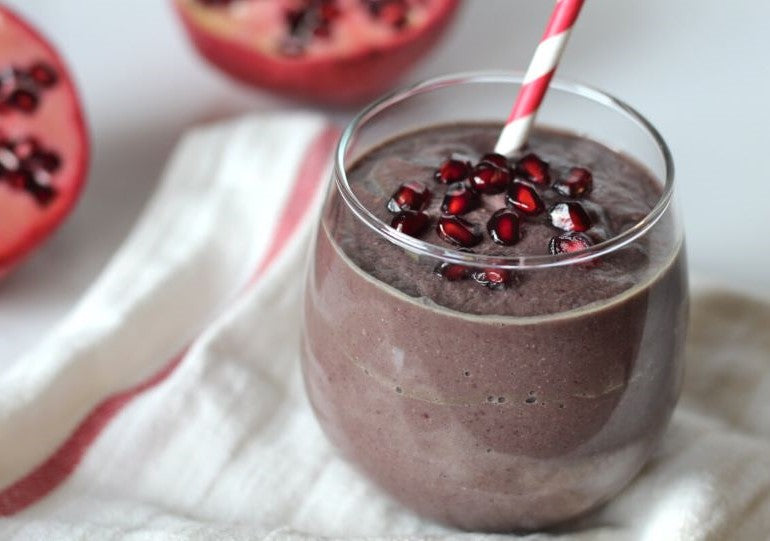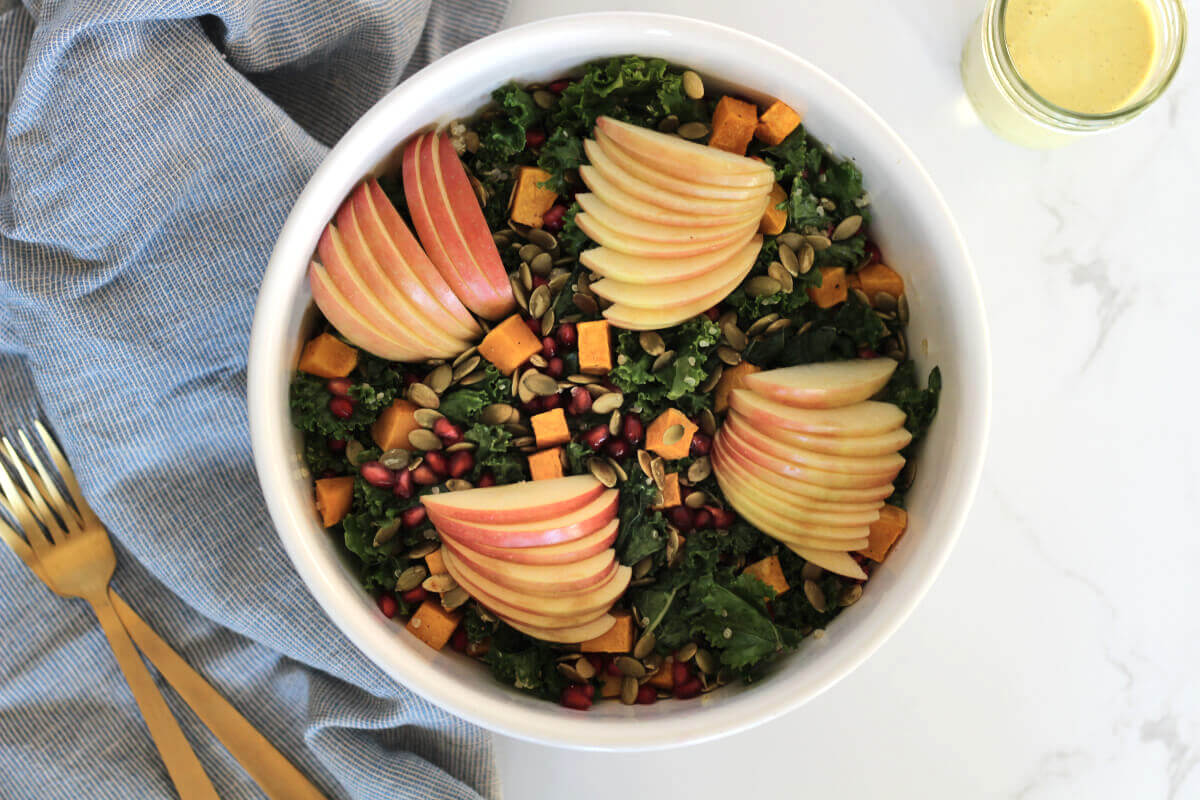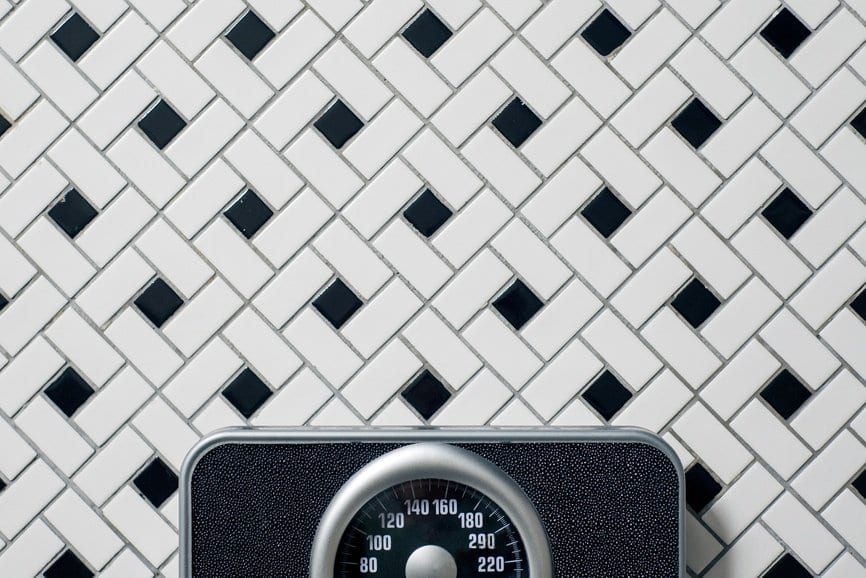
Weight loss is the topic of most questions we receive when people are on the program. During the 21-Day Clean Program, most people do lose weight, but weight loss is not the focus. However, it is one of the healthiest approaches, as you are really giving your body the nutrition it needs, while taking out things that can be impeding your weight loss progress.
Weight loss is an important health issue. Most people want to know what is a realistic and healthy way for people to lose weight. Here are some simple actionable steps.
Healthy Weight Loss
Weight loss refers to your total body weight, regardless of whether we’re talking about muscle or fat. We want to gain muscle, not necessarily weight. When you gain muscle, you’ll put on weight but we want this kind of weight. So the first thing we need to establish is that we do not want to lose muscle ever. We don’t want to do things that waste muscle. What we want to do is burn body fat.
Why is burning fat so important?
We also want to do it for health reasons. There are a lot of toxins that are stored in the fat tissue. There are also estrogens that fat tissue gives off that can cause problems and are associated with other issues that I’m sure many of your readers are aware of.
The No-Nonsense Fat Loss Guide
The last thing we want to do here is stoke the fire of magic bullet solutions for fat loss. There isn’t one. There is a whole industry of products and marketing that looks to make us feel bad about the varying shapes of our bodies. Then they profit from our self-loathing. We reject this way of thinking and revel in the beauty of all our different body types.
And we also want to give our community ways to lose fat in a healthy way that have worked for a lot of people. We don’t guarantee that the following plan will work for you, but we do feel whatever your results, the impact on your overall health will be extremely positive.
Clean Diet
The single most important thing for fat loss, first and foremost, is diet. That’s the first thing. You can’t out-train a bad diet. I don’t care how intense or how wild your workout regiment is, if you’re not eating right, your attempts are going to be foiled at some point.
And that doesn’t mean that your diet has to be spartan, never having any sweets, sugar or dessert, but for the most part you need to be eating well.
Quality Rest
In my opinion, quality rest is the second most important thing. Even if you are exercising, if you’re not getting enough rest, you’re actually not going to be able to recover from your training anyway. You’re going to get overtrained and your adrenals are going to get worn out.
If you’re not getting enough sleep, some of those growth factors and hormones that occur when you workout aren’t going to get released, and those are the biggest fat burners we have. So you need to get your rest.
Strength and Interval Training
First and foremost, you need to be doing strength training. That is the single most important type of Activity you need to be doing. To intensify the fat burning, add in some type of high-intensity interval training. Here’s what I mean.
After I’ve done my 30 minutes of strength training, I can devote another 10 to 15 minutes to some interval training. This is better than doing long steady-state aerobic workouts. For fat loss, you would be better off doing ten sets of 30 seconds of sprinting and 30 seconds of complete rest for 10 minutes than you would doing 10 or 20 minutes of jogging at a steady state.
If you’re just getting started, don’t worry about doing 30 seconds of sprinting at once, that’s an eternity. Start with 10 seconds of hard sprinting and 50 seconds of walking to recover. Do that for 10 sets which would take 10 minutes. That would be a wonderful conditioning program. Then a week or two later you could try 15 second sprints, 45 seconds walking until you get up to 30 seconds of sprinting.
A Few More Options
For your interval training, you don’t need to do only sprints, you can do, for example, jump squats, kettlebell swings, burpees. There are lots of options. If you have injuries, it would be best that you work with a trainer for a few sessions to create a plan that works for you. But I do tend to come back to sprinting because it uses every muscle in your body especially the prime movers, your legs and butt. So sprint. Don’t do bicep curls for 30 seconds on, 30 seconds off. The bicep is a relatively small muscle. After you have done that, then you can add in some steady state movement like jogging or aerobics. But only after you’ve done your strength and interval training.












